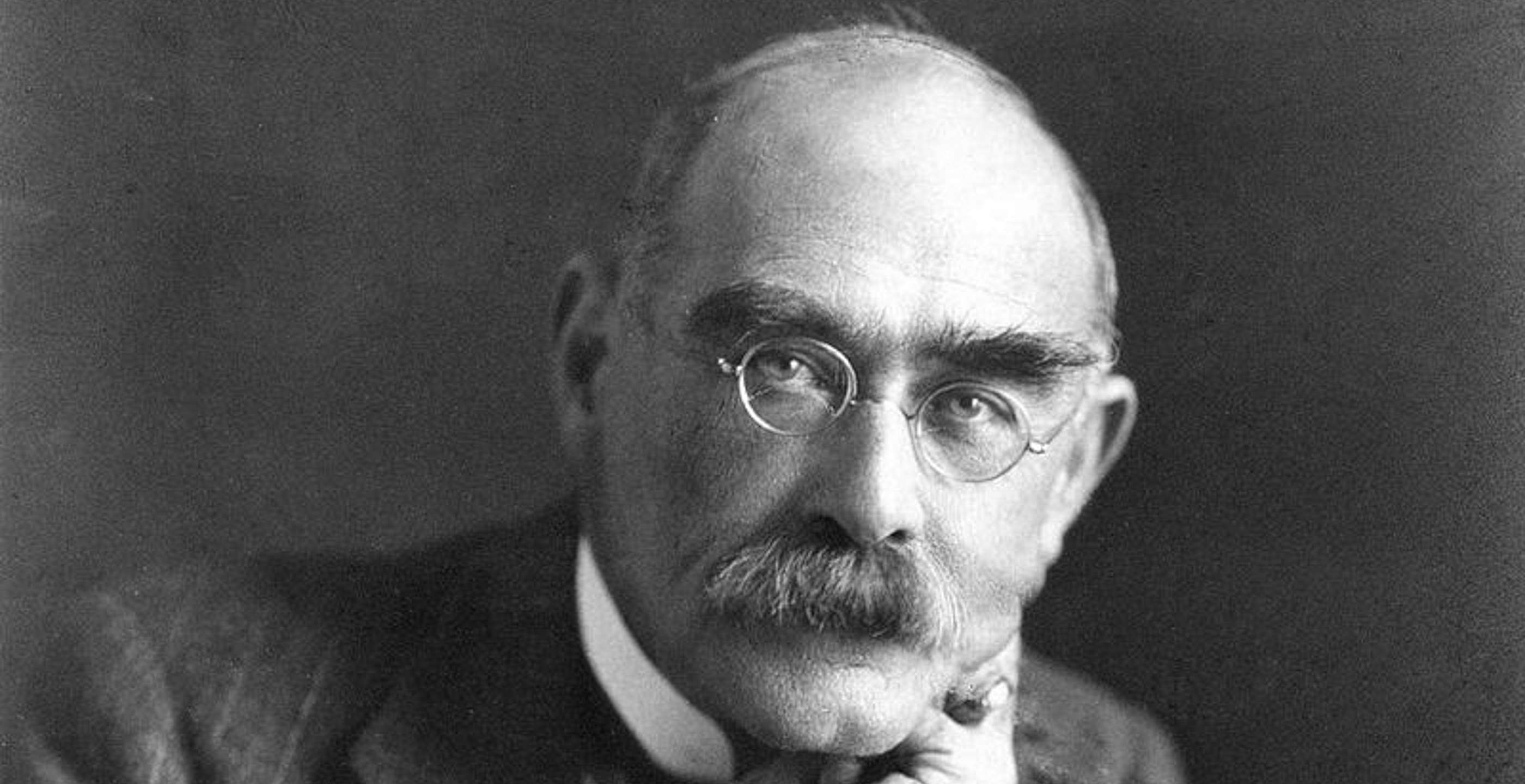To many, nothing is more synonymous with Scotland and Scottish culture than the iconic and radioactive rust-coloured drink ‘IRN-BRU’. Indeed, for years Scotland was the only place in the world that this drink existed, and Scottish ex-pats all over the globe would request bottles brought from friends and family on far-flung visits. Nowadays, the quintessential Scottish beverage is available a bit more widely, but still only in specific countries. The appeal of this worryingly neon product may be baffling to some, however to many Scots it is not only a harbinger of home and comfort, but the only hangover cure that actually works! It has become so popular that there are several different iterations of the drink itself.
The Secret Recipe
Believe it or not, the recipe is exactly that, a secret! The 32 ingredients are known to only three people living: the previous chairperson of the company, Robin Barr; his daughter Julie Barr; and a current director. There is an enduring rumour that the three never fly altogether lest the mysterious recipe be lost forever. Now, you may wonder why IRN-BRU is oft referred to be ‘made in Scotland from girders’ and it is not just a reference to the hardiness of the Scots who drink it, but to the fact that the drink does in fact contain trace amounts of iron, (sort of) in the form of 0.002 per cent of an additive, ammonium ferric citrate. Though made from girders it may not be, it undoubtedly remains Scotland’s second national drink, after whisky of course.

History
The history of this drink stretches back quite a bit farther than you might think.
The first iteration of Scotland’s ‘IRON BREW’ was created by Robert Barr of the Barr family well over a century ago in Falkirk, and first marketed and sold in its current iteration by his son Andrew Barr in 1901. Allegedly the drink was invented because so many steelworkers were drinking too much beer whilst working, so Barr decided to come up with something, just as tasty, but much safer! The company Barr remains family owned to this day.

However, there were other drinks that claimed the name before that. A London based company had produced a drink called Iron Brew in 1893, another product by the same name was made in 1891 in Kingston Jamaica, albeit by a Scottish whisky merchant. However, the earliest recorded version of a similar drink, that we know of so far, though this time under the moniker IRONBREW, was created (somewhat worryingly) by a chemicals company in New York in 1889. However, despite all of these previous contenders, there can really only be one IRN-BRU, the authentically Scottish (and best!) version, and that IRN-BRU is now over 120 years old!
It was officially released as ‘IRON BREW’ in 1901. In fact, some of the first labels showed what became an iconic moustachioed Victorian ‘Strong Man’ image. This image was actually modelled on a famous highland athlete from Shotts named Adam Brown.
A name change came in 1946. As a result of proposed food labelling regulations that stipulated that brand names should be ‘literally true’, as IRON BREW was neither brewed nor (exactly) made of Iron, they changed it to ‘IRN-BRU’, and it has remained so ever since. It is the most popular drink in Scotland, even more so than Coca Cola, and has been for well over 100 years, and (at the time of writing this article at least!) is also the third most popular soft drink in the UK, behind Coca Cola and Pepsi. Fans are so devoted to the drink that any attempts to change the secret recipe have met with fierce (and quintessentially Scottish!) resistance. The drink contains two, slightly controversial, additives in the form of Sunset Yellow FCF E110 and Ponceau 4R E124. These were due to be restricted in Europe, but thanks to lobbying from Scotland’s First Minister Alex Salmond, the proposed restriction of sunset yellow to 10mg per litre was increased to 20mg per litre, coincidentally, the same amount present in the IRN-BRU recipe.

Advertising
The new IRN-BRU trademark was first registered on Thursday 18th July 1946. IRN-BRU actually has been, and in fact continues to be, a spectacular advertising success story. It has had the longest consistent comic strip advertising in history; the drink was advertised using the comic ‘The adventures of Ba Bru and Sandy’ from 1939-1970. The comic followed the various escapades of the two main characters, the Indian Ba Bru and the Scottish (and kilt wearing) Sandy. Apparently, a lot of the original ingredients came from India, hence the connection in the comic strip. Ba Bru was supposedly based on a character in Rudyard Kipling’s short story, first published in 1893, ‘Toomai of The Elephants’ which in turn became a film released in 1937, ‘Elephant Boy’ featuring Subu, who was the alleged inspiration for Ba Bru. The advert linked the Scottish sense of adventure and wanderlust, with its colonial and mercantile history. An enormous neon sign hung above Glasgow’s Central Station and showed the character Ba Bru underneath the famous words ‘Barr’s IRN-BRU’ until it was replaced in 1983.

In view of recent events, it would be an irredeemable oversight to talk about the advertising of such an iconic drink without mentioning the recent UEFA advertising campaign run by IRN-BRU, which was absolutely hilarious. In fact, if you missed the adverts whilst Scotland were still (albeit briefly) in the competition, I strongly recommend you give them a watch online, even though Scotland’s Mannshaft never did quite make it to a semi. That said, if there is anything else that we Scots are famous for besides IRN-BRU, kilts, haggis and indecipherable accents, it’s our hope in the face of almost certain failure! Sláinte!
By Terry MacEwen, Freelance Writer.
Photographs: author’s own.
Published 12th July 2024











